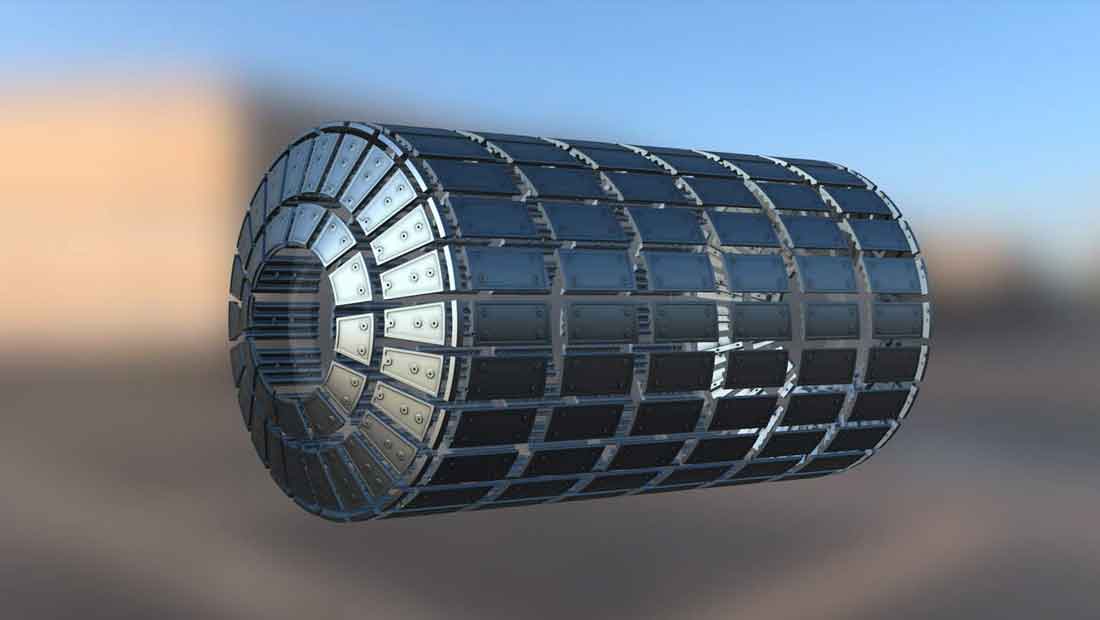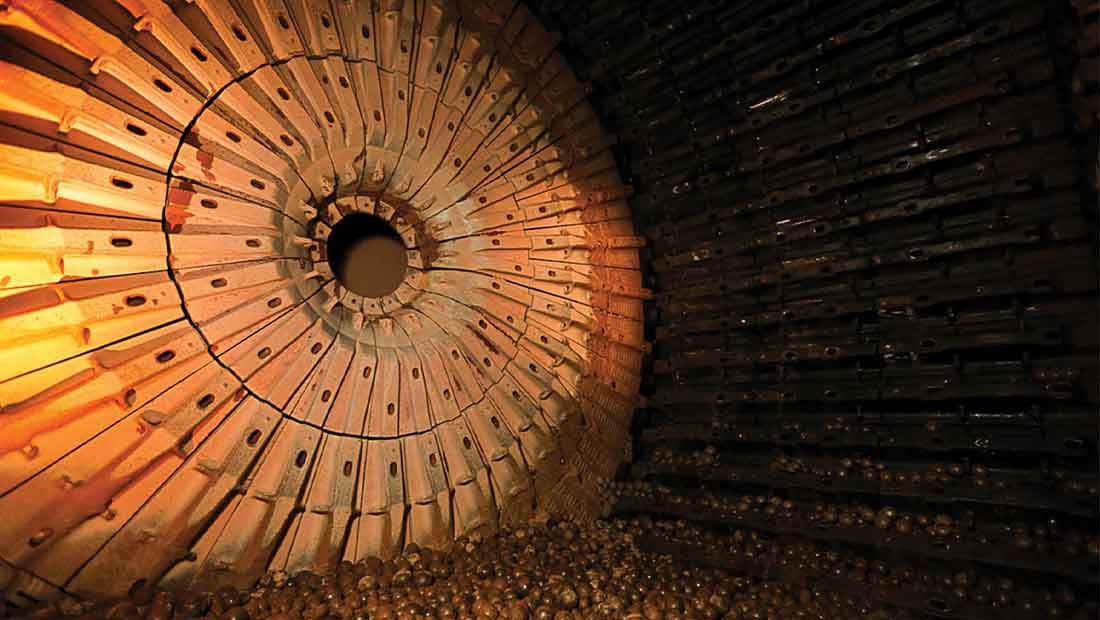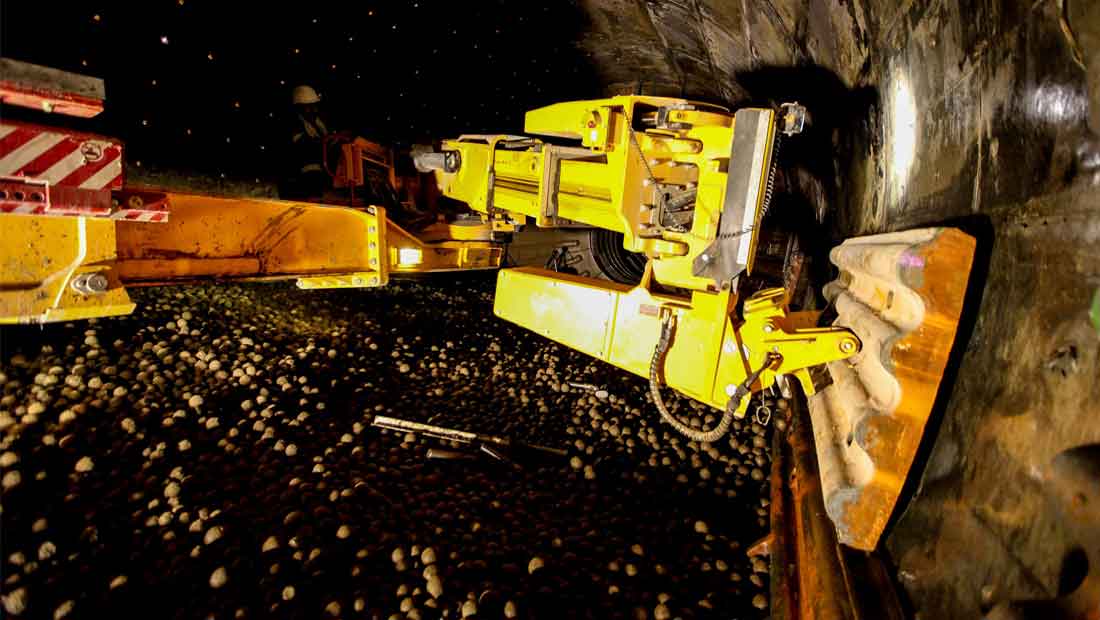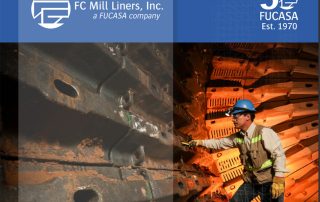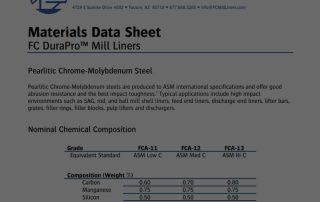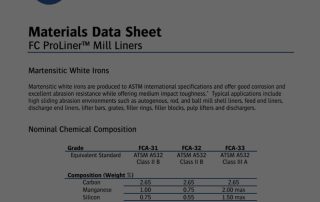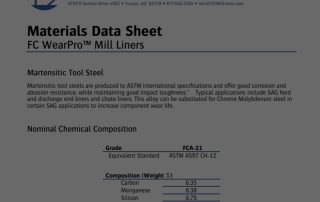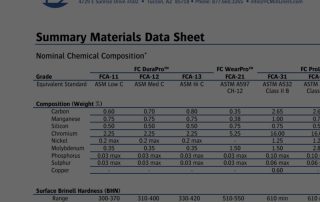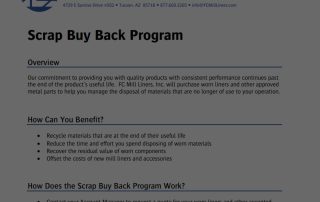Why Is Design Transparency Important?
Why Is Design Transparency Important?
Does your mill liner supplier share product drawings with you for the liners used in your grinding mills? Read on to learn the advantages of working with mill suppliers who do.
What Is the Aim of a Product Drawing?
Product drawings serve as essential tools in the design and manufacturing process. They offer a detailed visual representation of a product, which helps in various ways.
Provide a Dimensional Blueprint
The primary function of a product drawing is to provide a dimensional blueprint. This blueprint includes precise measurements and specifications, to ensure that liners in the various sections of a mill fit together properly.
Without accurate dimensions, components may not align correctly, leading to delays in liner changeout cycles if they need to be replaced, or potential inefficiencies and even failures if ill-fitting liners are installed and used.
Align Customer and Supplier
Another important role of product drawings is to align customers and suppliers on product specifications. Clear and detailed drawings ensure that both parties understand what the final product design should look like and together with particle trajectory simulations, a general understanding of how it should function.
When everyone is on the same page regarding the design, the chances of producing a product that meets expectations are much higher.
For mill liner designs, this clarity is incredibly important. Improper fit can negatively impact the liner’s effectiveness and lifespan.
Update Designs for Improved Performance
Product drawings also contribute to the improvement of designs based on observed use data. Over time, manufacturers gather feedback and performance data from the products they manufacture. They use this information to refine and enhance the designs to improve grinding performance based on the observed wear patterns for a particular mill.
By having detailed drawings, manufacturers can pinpoint specific areas for improvement. They can make incremental changes that lead to better performance and greater efficiency. This continuous improvement process ensures that products evolve to meet the changing needs and challenges of their applications.
In the context of mill liner design, these functions are especially important, as they directly influence the product’s performance and durability.
Why Would a Supplier Not Share Product Drawings?
Suppliers may choose not to share product drawings with their customers for several reasons. One primary reason is an inward-facing focus to increase barriers to switching to a competitor’s solution.
When customers don’t have access to detailed product drawings, it becomes harder for them to switch to a different supplier. The customer must access internal or external engineering resources to replicate the exact specifications needed. This lack of information can create a dependency on the current supplier.
By withholding these drawings, suppliers attempt to maintain a level of control over their customers to reduce the risk of losing clients to competitors.
This defensive approach perpetuates the misconception that as long as you have the dimensions and the profile design, suppliers’ solutions will be the same. Many customers might believe that if they have the basic measurements and shape of a product, any supplier can produce an identical or equivalent item.
But the product drawing doesn’t provide the full picture. There are many factors beyond just the dimensions and profile that affect the quality and performance of the product, as we’ll see in the next section.
What Is Not Included in a Product Drawing?
While product drawings are dimensionally comprehensive, they don’t cover every aspect of the product. There are some critical elements not included in these drawings that are essential for understanding the complete picture of a product’s design and function. These elements include material composition, the manufacturing process, and metallurgical treatments to obtain desired mechanical properties.
Material Composition
Product drawings typically don’t specify the material composition of the product. Different materials have distinct properties that can affect the durability and performance of the liners. The appropriate selection of iron or steel alloys alloy is vital, especially for products like metallic mill liners.
For example, certain materials are more wear-resistant, while others are more impact-resistant. Without information on material composition, it can be hard to predict how the product will behave under different conditions. This knowledge is important for choosing the right alloys for your specific applications.
Manufacturing Process
Another crucial aspect not included in product drawings is the manufacturing process. The way a product is made can significantly influence its fit, quality, and performance. Manufacturing processes can even impact lead times if they are not adaptable to increases in customer demand.
Because this information is not necessarily available, customers might miss important factors that could impact the product’s suitability for their needs.
Metallurgical Treatments
Metallurgical treatments, such as heat treatments, are also not detailed in product drawings. Heat treatments are applied to create desired mechanical properties such as hardness and tensile strength. These characteristics are essential for achieving the right balance of hardness and impact resistance in mill liners.
These processes are often proprietary and are important for ensuring the product meets specific performance criteria. They can make a significant difference in how long the product lasts and how well it performs in demanding environments.
Mill Liner Design Transparency Helps Everyone
At FC Mill Liners, Inc., we collaborate to provide you with customized mill liners for every section of your mills to ensure good grinding performance and long wear life. We share product drawings with you because we know that there’s much more to liners than dimensional specifications.
And it keeps us honest – if we don’t do our job to continuously improve your mill liner designs, we won’t make it harder for you to consider other options. But we’ll do our best so you don’t feel you have to.
Contact us now to learn how you can benefit from collaborative engineering to improve your mill performance and lower your grinding costs.
Continue Reading
Proper selection of mill liners holds significant importance, considering the notable drawbacks associated with certain designs. Let’s explore the various types of mill liners and their practical applications in greater detail.
In this blog post, we will delve into the key reasons for the premature wear of mill liners, shedding light on critical aspects such as material selection, material hardness, heat treatment processes, operating conditions, and installation.
If you rely on SAG/AG, ball, or rod mills for your mine operations, you know that mill liners are a critical part of the grinding process. Read on to learn more as we shed light on the top 5 myths about grinding mill liners.

